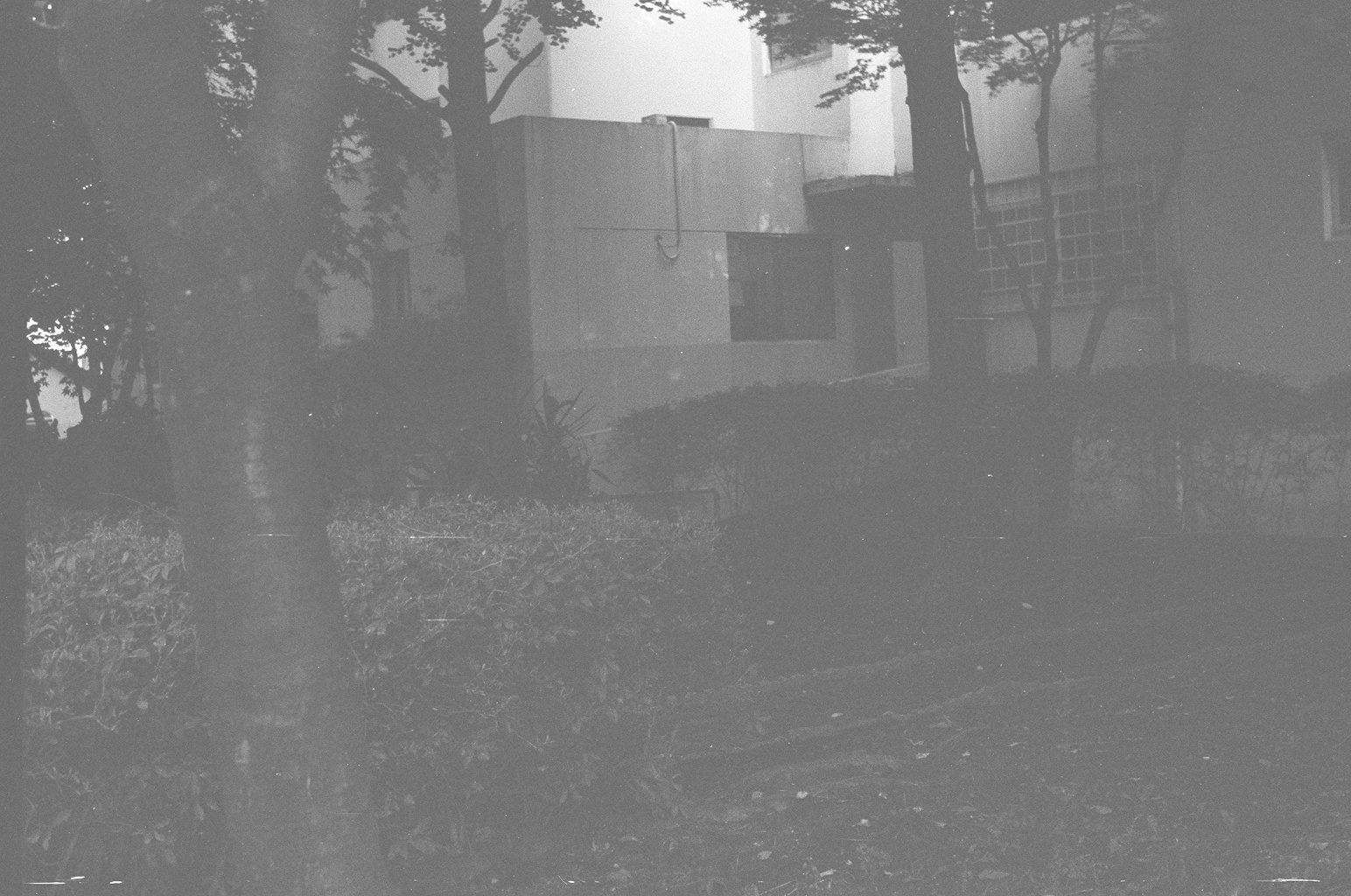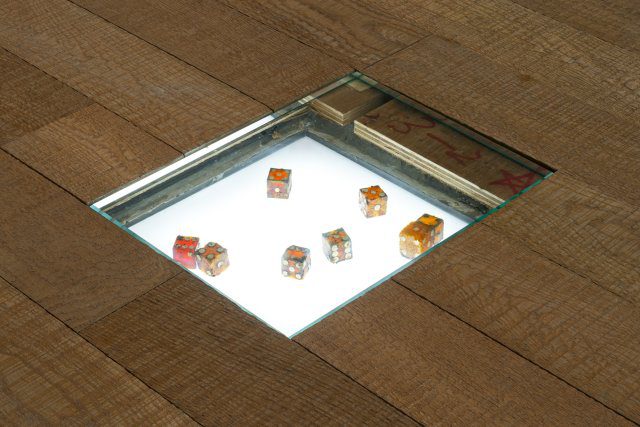Dear Céline,
I thought I knew you by the spoken words we shared, but reading your letter made me feel closer to you—learning what is inside you, getting a glimpse of the deeper parts where it takes time to reveal itself. I appreciate you sharing that with me. It also opened up a chance of reflecting on my own thoughts on interiority, trust, and the self.
While reading your letter, certain spaces, corners, scenes, and incidents from the past have come to my mind in waves. And to my surprise, I was able to deeply relate to your search and yearning for a place of belonging, whether it be the surface of your phone, the space-times of your family’s history, or the possible community around this love letter series.
After our conversations about imagining a form of co-authoring, my rumination has gone way back to my early childhood, maybe around when I was ten, where I tried a form of co-authoring a novel with my then best friends, Sihwa and Subin. The novel was in the form of an auto-fiction, with the three of us as main characters. I vaguely remember any details, but we wrote in relay and went on constructing characters that were more carefree and eventful versions of ourselves. The characters spoke their minds freely, they had a harmless community of friends close and far, and fear wasn’t in the way of their decisions. This is a set of scenes that had completely gone out of my conscious memory, and the word “co-authoring” and you mentioning “Brieffreundschaften” in your letter have reactivated this corner of my life.
This recollection was followed by some thoughts about friendship and trust. The visual remnant I have of this memory consists a scorching summer day, in which I see Sihwa talking about the character in the novel, also named Sihwa, as we walk home from school. Because where we lived were only a minute away from each other, I felt like we were “home-friends,” destined type of friendship, whatever that meant to me at the time. I would admire her playfulness, something I thought I lacked. Another thought I had in the back of my mind was that I didn’t want to ruin this project, which I considered as hers. Though I was happy to be a part of it, I remember that I was feeling a bit uneasy, thinking that I could be a burden to this co-authoring practice. I thought I was only afraid of writing, but now that I look back I think the fear was coming and going in many directions. Fear of being entangled with the other was one, and the fear that my contribution might not feel appropriate was another. Oscillating between fear and trust, trust mostly for myself, left the ten year old girl decide inaction in the end, and this project vanished without a definite end.
I think I still live with the echo of this story. It seems to repeat itself whenever I try to form a relationship that must move beyond a civil distance. Sometimes, in the art projects I take part in, I feel an urge to be more open and vulnerable. My interest in personal feelings, sentiments, language, and other less visible conditions—as indispensable agents of self-making or self-narrating—compels me inevitably to bring out my anecdotes, felt experiences, and fragile, tender memories in an effort to claim space for their secular and public existence, even if they appear only as ghostly presences. I hold onto these things with fragmentary speech, sometimes murmured in slow and uncertain ways. Often, I regret it, wishing I had figured out the appropriate distance to these interests solely as an intellectual exercise. With such conflicting thoughts, I am almost always ready to withdraw. Even though I hope the feelings I share might serve as a token for transparent trust with the other, they remain vulnerable to shame, despair, and misunderstanding.
Initially, I wanted to write a long, eloquent letter about the ways of narrating and theorizing the self—and the liberating possibilities of doing so. But now, as I find myself stuck with my feelings once again, belated ones that feel harsher, the initial thought feels like hubris. I thought I could outpace suffocating feelings by distancing myself, identifying them, and making sense of them. I especially wanted to delve into my depressive states and how they often feel like a space—an expansive, abstract space that encloses me. Whether real or imagined, these dark feelings, failures, loves, and stray memories occupy distinct spaces and hues in my mind and body. In order to articulate them, I’ve revisited the language I already had, but it wasn’t enough. So I searched elsewhere: in the languages of self-help, therapy, film, fiction, and more recently, in theories of affect and writings on melancholia, female interiority, and selfhood. The reading list at the end of this letter reflects that ongoing search.
As someone who has desperately sought out ways to explain myself—through personal and social history, race, social class, feminism, nationality, relationships, and now feelings and affect—I still believe, or hope, that there will come a moment when a simple word or an abstract image can shed light on an unknown sphere of one’s life, allowing certain thoughts to become processable and livable. The change of thought I want to emphasize now is that, rather than consuming away or exhausting the unutterable through over-analysis, I would like to live alongside it by translating it into something like a “pebble” that carries an aesthetic dimension. Certain forms of art and exhibitions have made me feel seen in what had once been considered solely personal or “private” feelings, transferring them into a perceptible form, mood, or scene.
 A still from the Pebble and the Penguin (1995)
A still from the Pebble and the Penguin (1995)
I guess this letter won’t be about my day-to-day reality in Seoul, but more about the abstract mental spaces, mostly dark or mystic or unresolved, I spend most of my time in. Recently, I started a new job at an art museum in Seoul, where my work is mostly research. I feel the freedom of roaming everywhere online, not feeling so confined in a small routine space-time. A few weeks ago, I stumbled upon a group show that took place in Hong Kong titled trust & confusion at Tai Kwun Contemporary. First, the words caught my attention, so I quickly moved on to scroll through the exhibition views and videos. Then I saw an image of several dice installed on a small patch of open floor, which made me want to stay longer in front of it.
Though unrelated to my immediate reality, the image came to me in sharp focus. There were a set of dice, aged and yellow-tainted, collected by the late American magician Ricky Jay (1946-2018). The magician’s dice, some cheating dice, felt like a sad joke about trust. The magician would perform his routine, which some might say involves lies and cheating. But the receiving end chooses whether they would like to believe it or not. I think about the benign lies—those of others and also my own—I wished to believe in. Sometimes, I wanted myself to grow into believing certain things. When it comes to “taste,” trust has long been one important criteria for how I chose what I love. In the wholesome Japanese TV series and comics I enjoyed in my teens, the main character was often surrounded by friends and allies who felt safe, consistent, and harmless. Their cheesy, say-it-out-loud lines about justice and loyalty may have been overly earnest, but they felt like affirmations of safety and trust, which I liked. More recently, I was very much drawn to works such as Provisional Studies: Workshop #7 How to Live Together and Sharing the Unknown (2017) and Vulnerable Histories (A Road Movie) (2018) by Koki Tanaka, which document the processes, trials, and errors of forming communities of understanding—or misunderstanding, even—despite the personal differences and social constraints. I find myself returning to such works, in search of clues or imagination for possible spaces of belonging.
These works often make me reflect, as I go about my life, on how something that feels initially extraneous can resonate so deeply. I experience this feeling not only through works of art, but also in people who I become friends with, and in theoretical terms such as “transnationalism” and “exophony”—a term used by Yoko Tawada referring to the state of being outside of one’s mother tongue—and in plain words such as “affinity (친연성).” I am not a fan of the naive use of the word “transnational” as a utopian blanket, but I feel there is some truth to it, like those moments when you find affinity or connection in some things you thought were completely “foreign.” These words often evoke an initial impression of harmonious communities transcending borders, or a vision of clarity that counters the somehow distorted view of the world and the self due to nationalism, post-colonialism, neoliberalism, or all in one. But I also want to acknowledge that the “trans-” in things between the familiar and the foreign does not always meet in idealistic ways. There are clashes. There is imbalance of power. Sometimes, it sparks urban myths that carry hushed tragedy. (Here, I am thinking of Sangdon Kim’s two channel video work titled Foreign Apartment (2008), shown at the New Museum for Museum as hub: Dongducheon: A Walk to Remember, a Walk to Envision in 2008.) By “foreign,” I mean something similar to a feeling—something sensed only in fragments, never as a complete picture. A glimpse. An impression. It can be misleading. It can be confusing.
Keeping in mind the fragmentary nature of both feelings and what is foreign—tender and vulnerable, heartwarming and chilling, connecting and distorting—I’ve come to believe that it is felt experience, however fleeting, that brings us closest to some truths, even with darkness lurking around them. Similarly, as for love, the kind that encompasses companionship, friendship, kinship, and all forms of empathy, I think it is the moments of connection that endure as most true despite the aftermath of a relationship. So much changes beyond our control. People grow apart over time and navigate their thoughts at their own pace. Each of us seems to inhabit our own temporal space, and our timelines rarely align. I remember moments of connection I had with you that took place in specific times and places. Now, they feel like abstract spaces—brackets or pebbles big and small—markers that briefly pulled me out of despair. At night, I feel the presence of Neungyi, the dog I live with, resting near me in the dark when I feel the most alone in my own body, and that presence carries a similar kind of weight. These moments are registered in my mind as abstract images. Perhaps not everything needs to be translated from abstract to concrete. Sometimes, it is the reverse that makes life bearable. In this sense, translating the concrete into the abstract is what the mind, and also art and theory, do best—creating porous spaces where one can reside and breathe.
Many of the affects I’ve lived through conjure spaces that feel both acutely real and strangely imagined like half-truths. I am grateful that my sadness has led me to theory, as a way to navigate in and out of these spaces. In this letter, I intended to try a form of theorizing not meant to build more walls, but to dissolve those that stand between lived experience and critical discourse. By writing to you, I’ve come to think that speaking to a friend, like a lover’s speech, might be the right place to begin.
Lately, I’ve begun to sense that I am forming a lighter relationship with myself. I thought I lived, but now I feel less tense. And when I spiral, I am aware of my patterns and find my way back relatively swiftly. It is strange and ironic that this shift came after something so crushing—of trust and the past version of myself, which I had unknowingly cherished very deeply. But maybe the systems that held me had to fall apart in order for me to go out and search for another path and narrative. I also feel that something that has been masking or enclosing me like a shell fell out. I catch myself picking up the pieces of this shell, but only temporarily. I remind myself that this is a time for mourning them, not for putting them back together. What feels like an eternal sadness is not a signal to return to what was, but something I need to learn to live with as I meander on in slow circular motions in time.
Trust can be difficult. Cynicism comes more easily, and it’s easy to fall into the trap of passing our old wounds on to the next person who comes along. Still, I want to meet others with the spirit of friendship. Maybe this letter can be an invitation and a space for that to happen. Even if I cannot undo the harm I’ve already caused in others, today I feel a little closer to them through the painful feelings we might share.
With love and trust,
Seojin
Installation view of Ricky Jay, Decaying Dice (date unknown), cellulose nitrate, dimensions variable, at trust and confusion, Tai Kwun Contemporary, Hong Kong, 2021. Image courtesy of ArtAsiaPacific.
Reading list
앤 츠베트코비치, 『우울: 공적 감정 (Depression: A Public Feeling)』, 박미선, 오수원 옮김 (서울: 마티, 2025)
Adriana Cavarero, Relating Narratives: Storytelling and Selfhood (Abingdon, UK; New York: Routledge, 2000).
Julia Kristeva, Black Sun: Depression and Melancholia, Translated by Leon S. Roudiez (New York: Columbia University Press, 1989).
Oxana Timofeeva interviewed by Elisabetta Michielin, “How to Love a Homeland. A Book by Oxana Timofeeva,” Pulp Magazine, 24 December 2022.
Love Songs
Over the years, I have gathered some songs that I think capture what love must feel like. I go there every now and then to reflect on or rethink about what I feel as love. Here is the link to the playlist.


